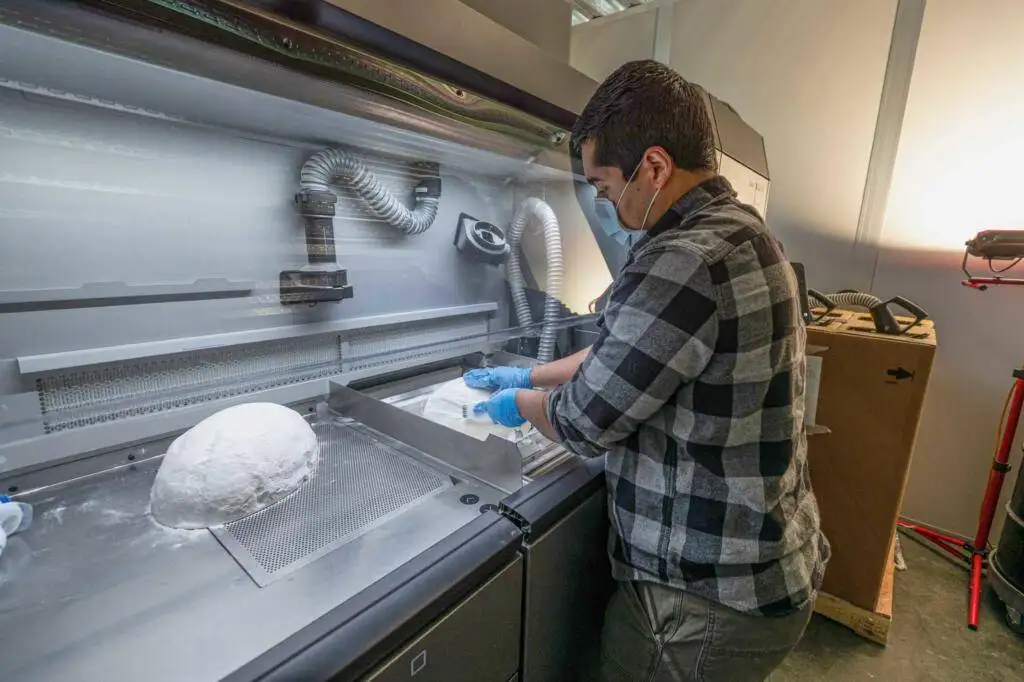Additive manufacturing has been a game-changer in helping to create parts and equipment for DOD’s industrial base. A naval facility in Washington state has become a leader in implementing additive manufacturing and repair technologies using various processes and materials to quickly create much-needed parts for submarines and ships.
One of the many industrial buildings at the Naval Undersea Warfare Center Division, Keyport, in Washington, is the Manufacturing, Automation, Repair and Integration Networking Area Center, a large development center housing various additive manufacturing systems.
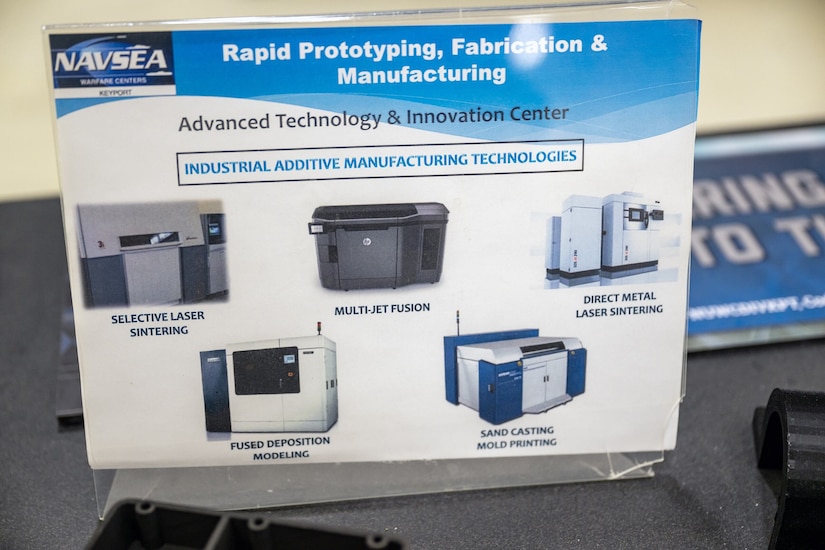
“Imagine one of our [unmanned underwater vehicle] partners coming in here and wanting to modify their vehicle with a mission-optimized propeller or mast,” said Bryce Weber, the technology manager of the Rapid Prototyping and Fabrication Technology Division. “We can use our industrial additive manufacturing technologies in a sandbox environment to make those modifications, iterate and field them.”
Various Navy components, supply organizations and collaborative research and development partners have requested the shop make items ranging from testing devices and training aides to designs that aid production work at naval shipyards and depots for torpedo, UUV and submarine programs. If a ship needs a quick repair — an emergency piece of equipment or an obsolete part, for example — the division’s engineers have the tools and talent to develop a solution and produce the necessary parts, helping to return that ship to service faster.
The Technology
Some of the MARINA Center’s AM technologies use polymer-based materials to produce components that meet the demanding application requirements of underwater ranges, naval industrial areas and tactical systems. Less critical tools and hardware that are used onboard ships and submarines can be printed using various thermoplastic materials.
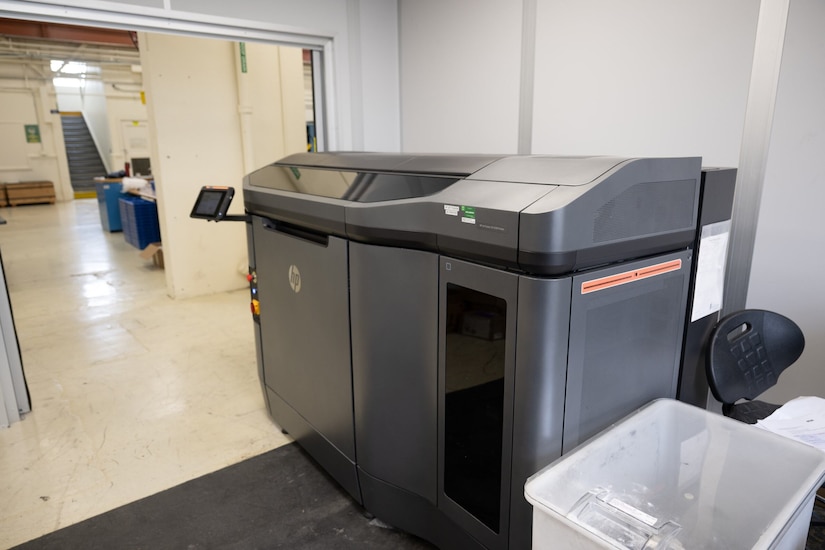
Powder bed fusion 3D printers that can print polymers and metals use a heat source to fuse powders into solid objects, layer by layer. The center’s metal laser PDF system primarily prints stainless steel and nickel-based alloys to field metal parts. Weber said it’s ensuring these parts are compatible with welding and non-destructive testing associated with submarines and ships.
There’s also a polymer-based powder bed fusion printer that uses a chemical reaction instead of lasers.
“It’s a liquid agent that’s jetted down onto the top of the powder surface,” Weber said. “Then, infrared light provides the energy, and it cures and builds the polymer chains down into the part. It’s very fast, and we can make parts quickly.”
Once the machine has finished building, engineers move the pieces to a post-processing station, where they pull the parts from the loose powder, similar to a fossil dig. The leftover power can then be used again.
“That’s the nice thing about this technology. You can mix customer parts and orders or parts of wildly different geometries together in the same job and build them together,” Weber said.
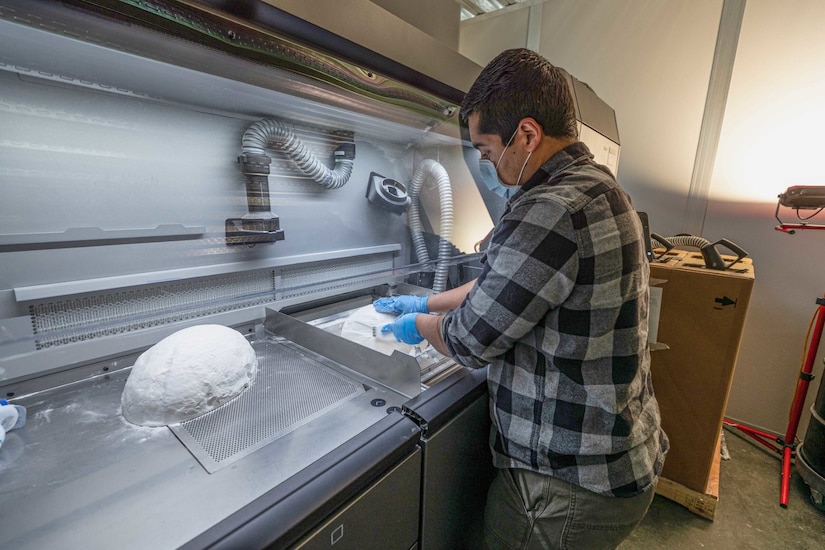
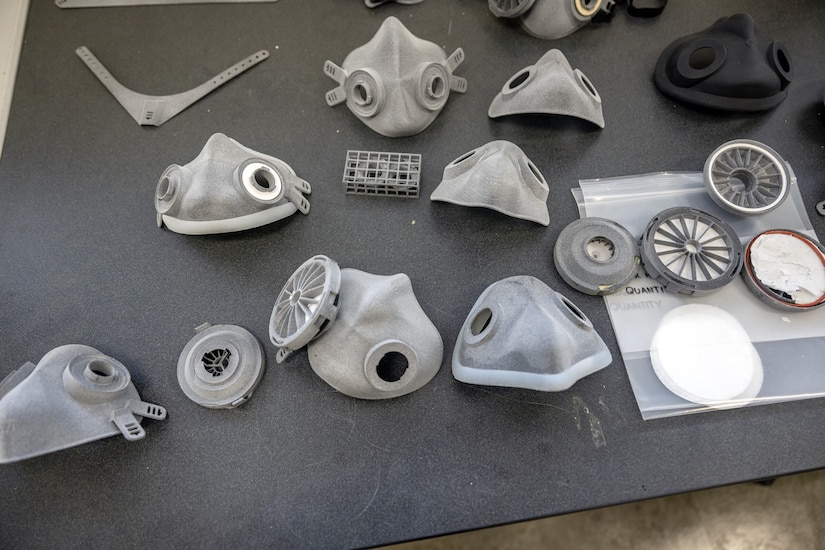
So, how do they know what they’ve printed will hold up and be safe? Division technicians work alongside engineering and design agents, system owners and technical authority teams to evaluate the parts based on their material specifications and performance requirements.
“A lot of times, people get very excited about something like 3D printing and want to just use what they have access to rather than the best option,” Weber said. “Our talented team has diverse manufacturing experience and is really good at providing the best-fit solution that meets applied engineering requirements, whether it be a technology like additive manufacturing or even a conventional one, or a merger of the two.”
The team is also leveraging its long-standing expertise in advanced repair technologies, such as laser cladding, which is used for surface restoration repairs on metal parts, and laser ablation, which removes coatings and corrosion from part surfaces.
“In this case, we’re even using laser ablation as a new technique to strip the polyurethane off a torpedo component,” Weber said.
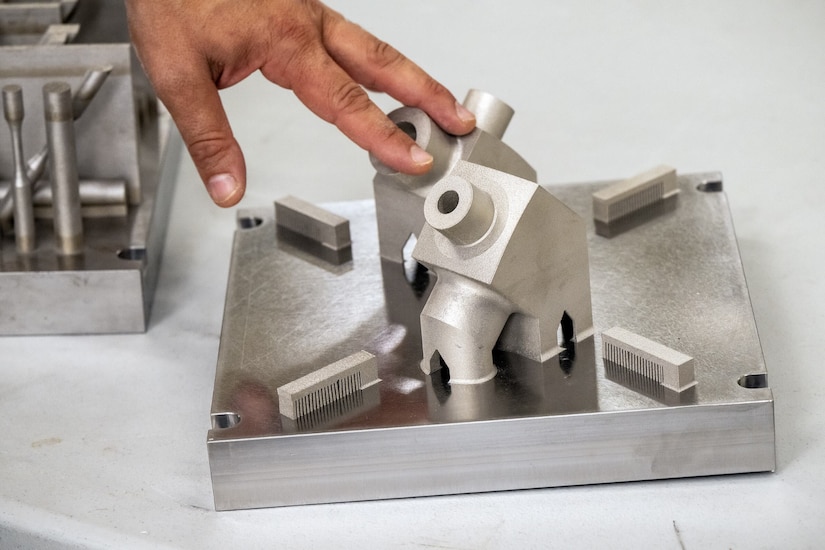
Easier Access for the Forward-Deployed
The MARINA facility doesn’t mass-produce items; it’s more of a relief valve to produce maintenance hardware to get assets back to the fleet or maintainer faster.
Moving forward, the center could develop successful AM designs and upload the digital specifications to a repository. Forward-deployed naval vessels and bases that have additive manufacturing maintenance tools can then download the technical data package to make emergency parts. Various programs, such as Naval Sea System Command’s AFLOAT additive manufacturing program, are working to more widely deploy 3D printing equipment onto surface ships or to shore-based facilities to create what Weber described as a “shop in a box.”
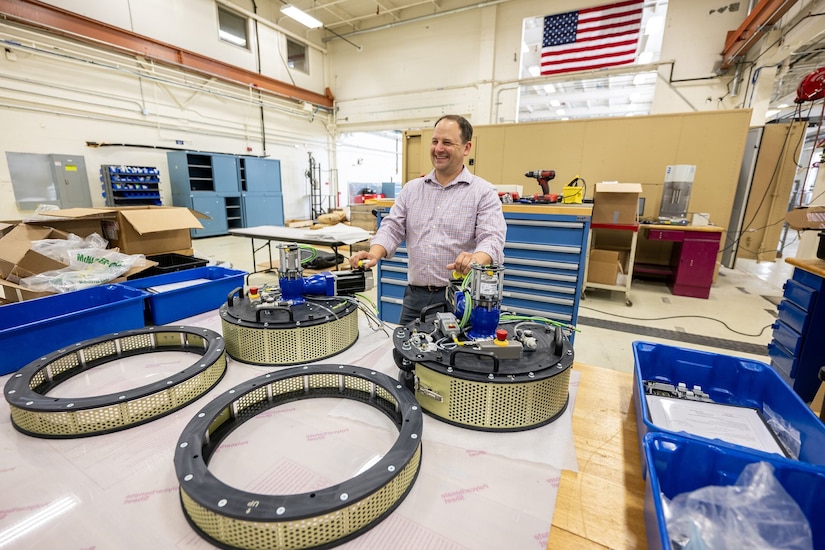
Since 2002, Keyport has produced tens of thousands of additive-manufacturing parts for a wide range of applications. The division works closely with the Naval Systems Engineering and Logistics Directorate’s Technology Office on specifications for any parts it makes.
Weber’s team also develops robotics solutions that can repair submarine equipment and parts at the point of need. This allows submarine crews and maintenance personnel to do repairs themselves, cutting weeks off critical path maintenance.
“We are filling a niche of designing, integrating, deploying and supporting custom repair systems that don’t have strong profit models for industry but have major readiness implications for the fleet,” Weber said, explaining that most industries are interested in mass manufacturing items. “This work is saving a huge amount of time and funding.”
Teamwork: Helping Innovate From Within
The MARINA center also houses the Keyport Innovation Center, a collaborative space where anyone at NUWC Keyport or with DOD credentials can learn new additive manufacturing skills and create prototypes using commercial, off-the-shelf technology. The KIC is the place to go for anyone looking to quickly turn a concept into reality.
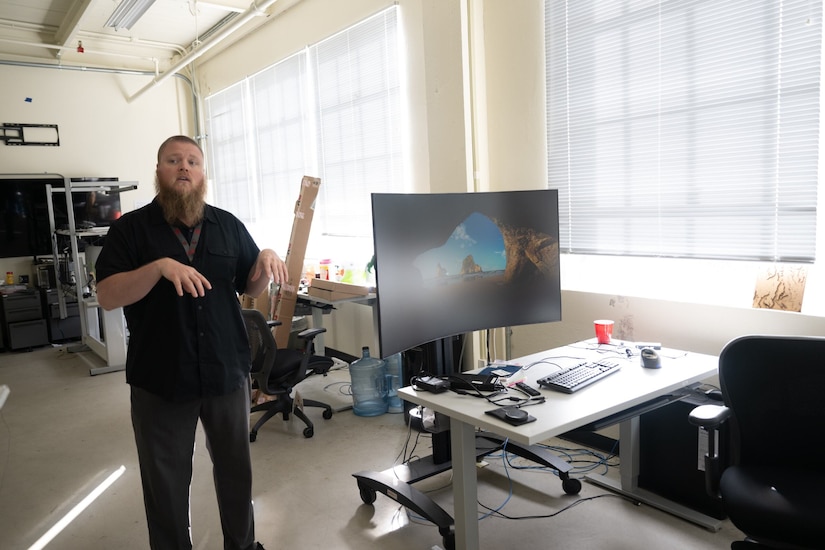
“We’re trying to break down the silos between departments because a lot of departments are doing similar things, but nobody talks to each other,” said Warren Penny, a computer engineer who helps run the KIC, which was set up about two years ago and runs on Naval Innovative Science and Engineering funding.
Keyport’s engineers can test out designs using several resources, helping to reduce costs and increase the speed of prototyping for direct-funded work. The KIC’s popularity has led to many repeat customers.
“We do 3D scanning, 3D modeling and 3D printing,” said Army Sgt. Justin Jones, who works at the KIC as part of the Personnel Force Innovation initiative. “Basically, you can go through the full steps of reverse engineering a component and remanufacturing.”
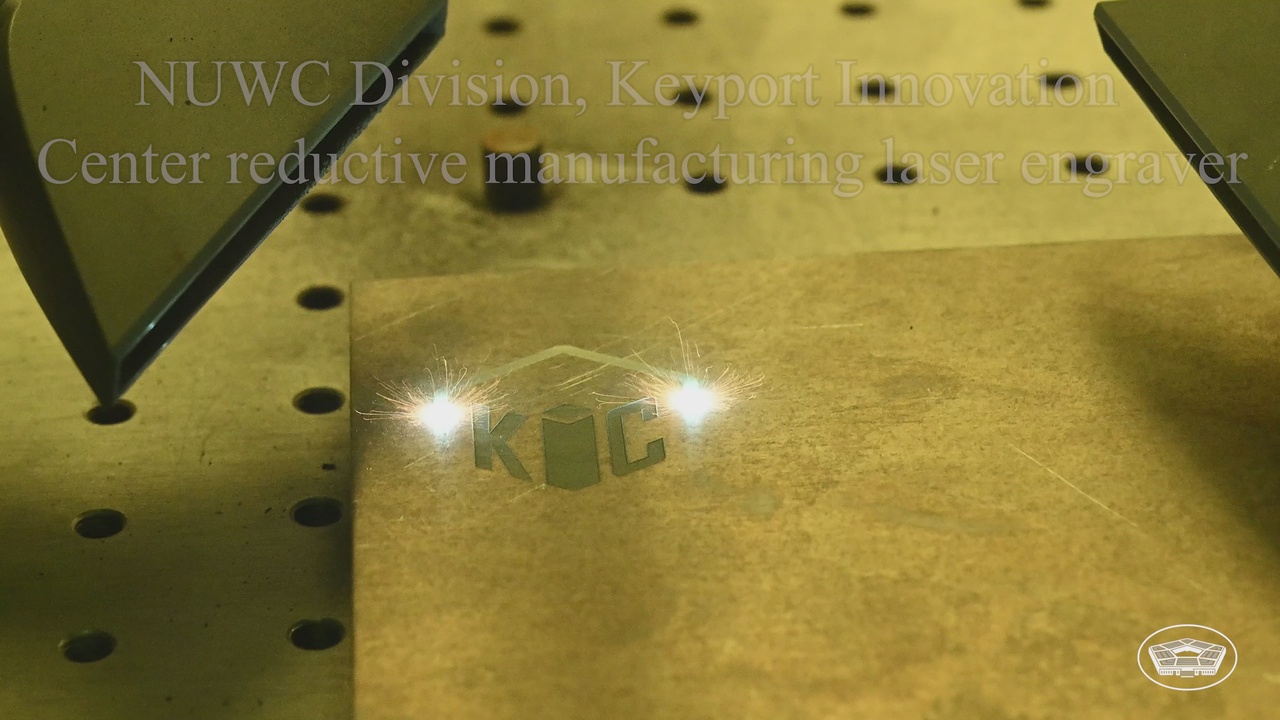
Penny explained how DOD benefits from the process using circuit board obsolescence as an example.
“The Navy and other armed forces have a really big problem with obsolescence. A lot of our stuff is really old,” he said. “Unfortunately, the companies that have produced our circuit boards either don’t make them anymore or have gone out of business, so we can’t buy more parts.”
However, they can use a new Scan CAD system to take high-resolution images of the layers of those circuit boards and pair them with other data to build a file to reverse engineer the board. Penny said it saves both money and time.
“It’s the same board — we’re just learning how to build it,” he said. Soldering equipment for designing and prototyping circuit boards is available, too, he added.
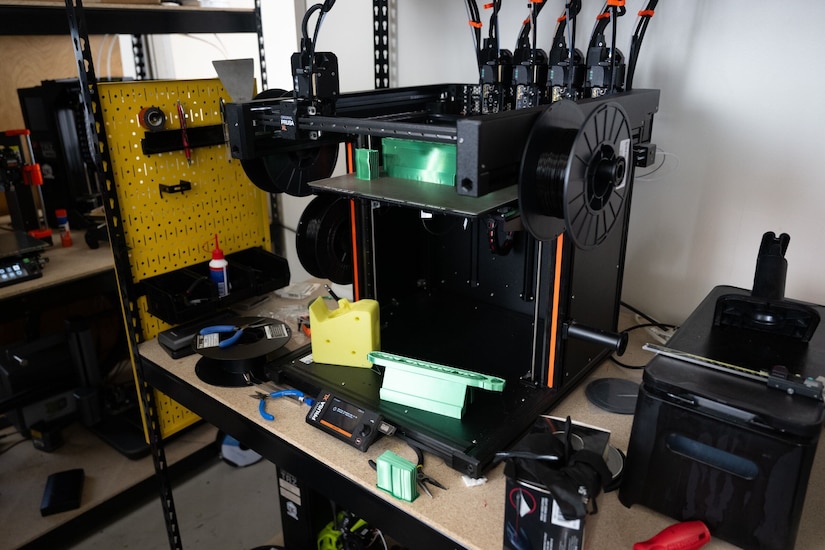
The KIC also has modeling and simulation computers, as well as training classes for engineering software tools such as MATLAB, Solid Edge, SolidWorks and Ansys. One example of their use came when engineers had concerns about area earthquake activity. Using those computers, Keyport’s Test and Evaluation Department collaborated with Puget Sound Naval Shipyard to model seismic anomaly activity to determine what kind of damage a large earthquake would do to their assets, Penny said.
The KIC’s 3D printing area includes seven fused deposition modeling printers, which Penny described as “like a glorified hot glue gun.”
“It takes rolls of [polylactic acid] plastic … and we feed it a code, and it’ll just run layer by layer. It’ll draw it out with the plastic, the first layer, and then it’ll build it up,” he explained. There’s also a stereolithography, or SLA, printer that uses UV-cured liquid resin, which makes much thinner layer lines and creates parts with extremely high detail.
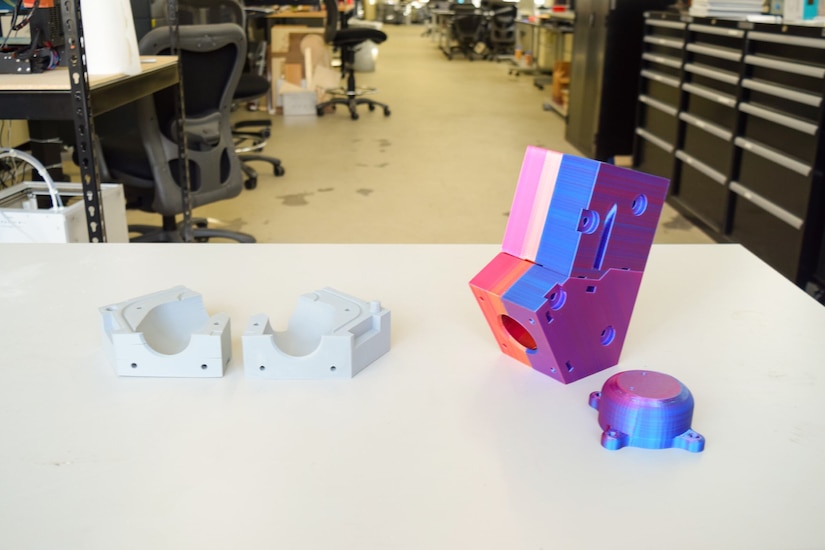
Penny said workers from the Undersea Systems and Sustainment Engineering Department, known as Code 40, came in looking for a way to repair tow-behind cables. Usually, when the cables decayed or broke, replacements cost between $15,000 and $20,000 each. The KIC helped them develop a 3D-printed plastic mold to repair them instead.
“They were able to patch together the wiring and then put it in the mold and inject an epoxy resin into it. That goes through a curing process, and it worked out perfectly. It costs them maybe $2,500 [to] $5,000,” Penny said. “Their costs savings is astronomical. That’s one of the things that we like to showcase — that we’re helping the Navy save money.”
The KIC also has a 60-watt fiber Fusion Galvo laser engraver for metal that can cut through steel. Jones said it’s used for nameplate labeling, colorizing and embedding data via barcodes and QR codes onto equipment, such as torpedo shells. A similar Gantry laser can cut and engrave various other materials in a larger build space.
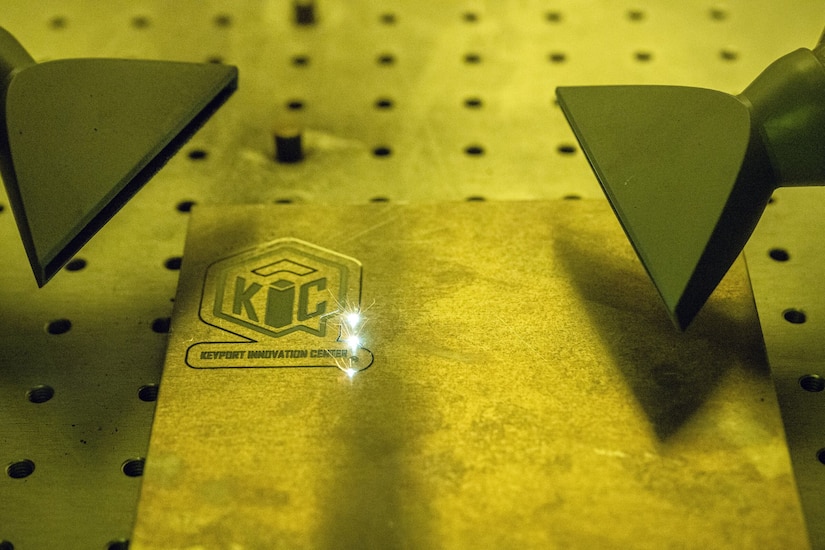
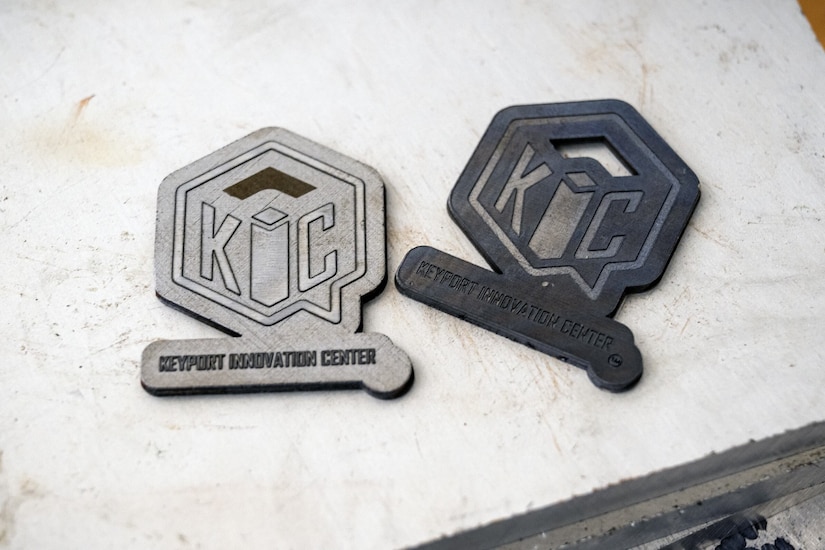
Penny explained one success story in which someone from Code 40 used the Epilog Fusion M2Co2 Gantry laser to cut gaskets that originally had to be cut by hand with scissors — a long process with a 60-70% success rate.
“[We] worked with one of their engineers and brought them in here, and they digitized the template and were able to cut them out in about five to 10 seconds, with 100% accuracy every time,” Penny said.
Since then, that department has purchased its own laser engraver for future use.
“What we do here reduces so much costs,” Jones said.
Original Source : US Department of Defense

